Operation Rainbow in Ica, Peru – Zack Gangwer, DPM
Posted by Zack Gangwer, DPM (a PGY-3 and Chief Resident at San Francisco Bay Area Foot and Ankle Residency program based at Kaiser Permanente, Oakland, California while on rotation in Ica, Peru with Operation Rainbow.)
I had the privilege of serving the people of Ica, Peru on my medical mission. I traveled with Operation Rainbow, a fantastic organization based out of Oakland, CA who provides orthopedic care to children in developing countries around the world. Our team was led by the fearless Todd Lincoln MD, orthopedic spine specialist from Kaiser Oakland. The team was comprised of volunteer physicians, resident, CRNA’s, nurses, surgical techs, and translators. Many of the volunteers work for Kaiser Permanente, including the orthopedic surgeons: Todd Lincoln MD Kaiser Oakland; Theodore Bucklin MD Kaiser Santa Clara; David Godley MD Kaiser San Jose, and Kip Wilkins MD Kaiser Modesto.
Ica, Peru is a city southeast of the capital Lima, and is the capital of the Ica region. It is a land lush in agriculture and wineries. It was devastated by the magnitude 8.0 earthquake that struck in 2007. Part of the destruction included the regional hospital where we were now traveling to provide free pediatric orthopedic care. As such, it had been reconstructed into a modern, beautiful facility.
The health system in Peru has both public private sectors. The public sector has two types of national insurance. First, Seguro Integral de Salud (SIS) is provided by the Peruvian Ministry of Health (Ministerio de Salud, or MINSA). SIS is comparable to Medicaid or Medical in the United States. The second type of national insurance is EsSalud and is provided via employment for working families and individuals. It is equivalent to US employment plans, administered nationwide.
In addition, MINSA (Ministry of Health) mandates certain public hospitals (e.g. Hospital Regional) that offer healthcare services regardless of insurance coverage. At these public hospitals, the government provides health care to the uninsured population in exchange for a fee of variable amounts under the discretion of the individual hospitals. Our services were to be provided at the Hospital Regional de Ica.
There were some interesting and eye opening facets of healthcare in Peru that I did not expect. Despite the actual care offered being gratis, the patients were expected to contribute by purchasing their own implants; otherwise conservative care would be the treatment plan. One patient we saw was a 32 year old female who was in an motor vehicle accident, and suffered a distal femur fracture. When we met her, she had been lying in an ED bed for 5 days. She did not have the money to purchase the recommended plate and screws, and therefore could not be treated operatively. Fortunately we were able to donate the implants and perform her operation.
Part of the adventure is getting to the site. I awoke at 330 am to catch the earliest possible BART to SFO. A few hours later, once the fifty or so 50 lb. duffle bags containing the anesthesia and orthopedic equipment are checked in you are allowed to enter the airport and await your flight. We arrived in Lima, Peru via Dallas 12 hours later. After spending the night in Lima, we made the 4 hour bus ride down to Ica.
The breadth and depth of pathology was impressive, some of which we could not offer any surgical relief. We saw various deformities ranging from congenital defects such as limb deformities and malformations, polydactyly (too many digits) macrodactyly (giant toe) to musculoskeletal problems commonly encountered with cerebral palsy. From a foot perspective (I am a foot and ankle surgeon) I saw club foot in a variety of stages, polydactyly, brachymetatarsia (short metatarsals), and macrodactyly. There was no shortage of pathology, and nowhere near enough time to help everyone we would have liked.
International medical missions come with plenty of uncertainty and change, and adaptability is a chief characteristic required. We planned to have an all day clinic our 1st day. However, the trip was advertised to the local people as a half day clinic daily beginning THE DAY AFTER we had planned. Fortunately, we saw a fair amount of people the first day but still had to adapt our daily plans to accommodate a daily clinic.
Our days typically began around 0630 with breakfast. We arrived at the hospital around 0730 with surgery planned to begin at 0800. We operated all day, sometimes until 9 pm. My main responsibility was to assist on the clubfoot cases with Dr. David Godley MD from Santa Teresa Kaiser. He is an excellent surgeon, with vast experience in both pediatrics and medical missions. Some of the more difficult club foot cases took us the majority of a day to perform.
Much of the surgery performed was related to cerebral palsy and different tendon releases and transfers with the goal of a more normal gait. We also saw a smattering of trauma including the aforementioned femur fracture. Our team also put in the first total hip replacement ever performed at the regional hospital. Aside from our work, we consulted on a variety of cases and offered our experience if no intervention on our part was possible.
At the end of the weeks’ work, our group split as some went to experience Machu Pichu, and the rest of us snapped back to reality. The need for adaptability again reared its head as we were preparing to go home. From issues at customs with baggage to some problems with “fossils in your suitcase” (actually, it is just bone allograft). In the end, we all made it back in one piece.
The greatest experiences I took away from the trip were:
- The ability to serve people who otherwise would not receive the care they needed.
- The opportunity to raise the level of care locally by teaching local surgeons.
- The relationships made with those who serve along side you in the trenches.
I have previously volunteered in Guatemala, and now in Peru. International medical volunteerism is a labor of love. I personally feel that you almost always get back as much as you give in service, and this is no different. It is not a tourist trip, and long hours and hard work are to be expected. There are not many more gratifying experiences I have had in my life. I look forward to future service both nationally and abroad as I move forward in my medical career. I will always remember Peru and it will hold a special place in my heart as my first surgical mission abroad.
Comments (3)
Comments are closed.
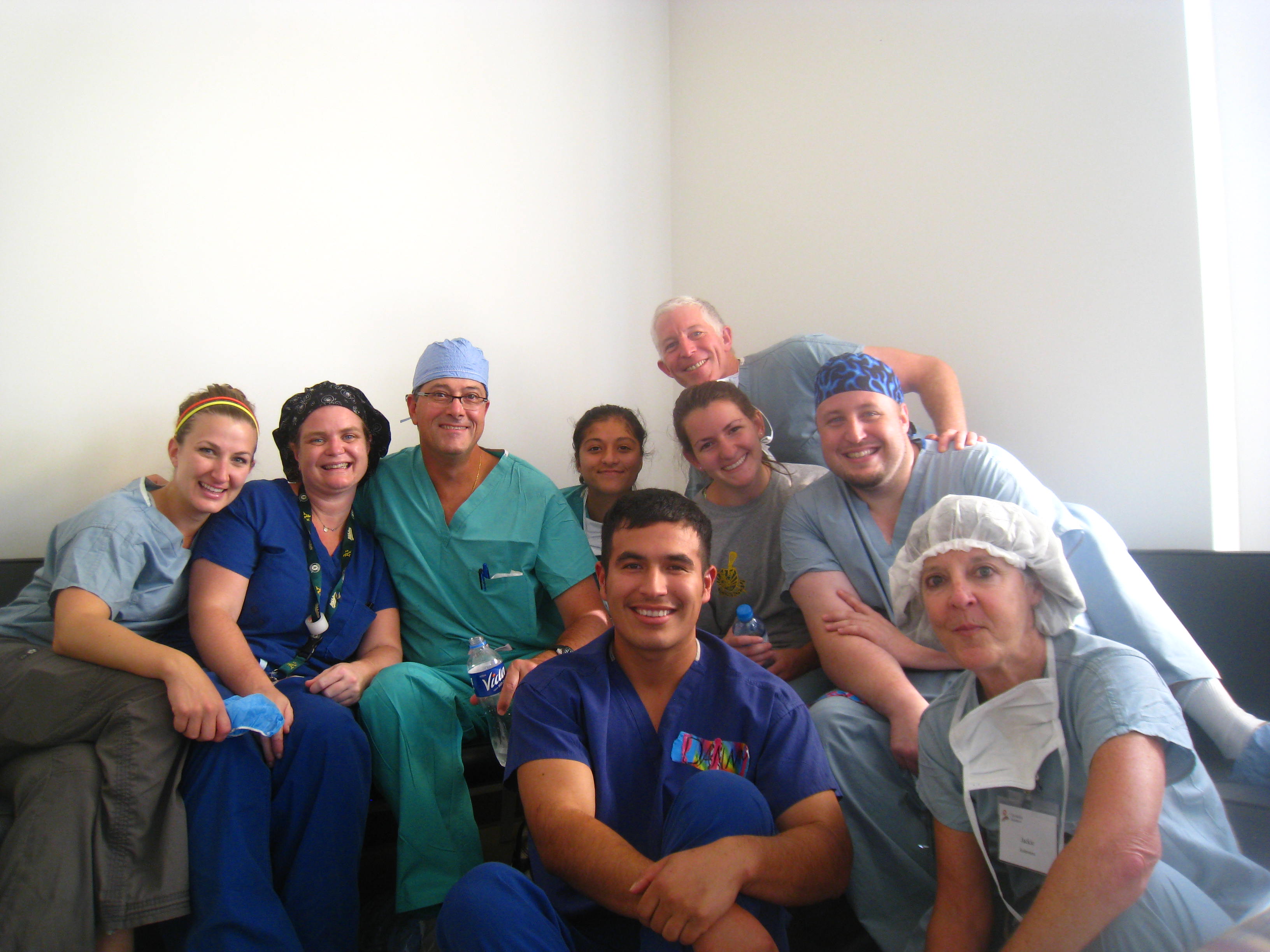
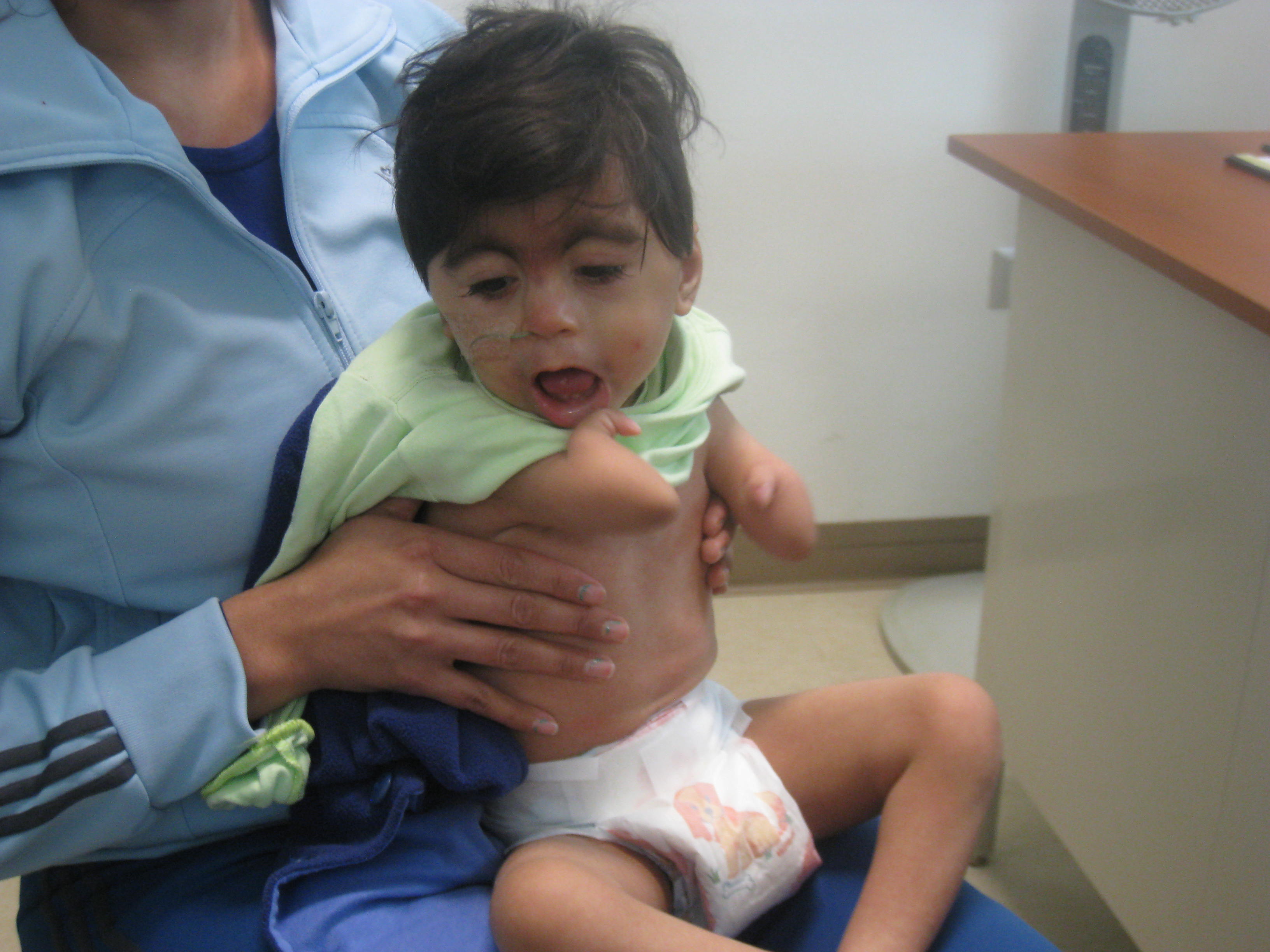
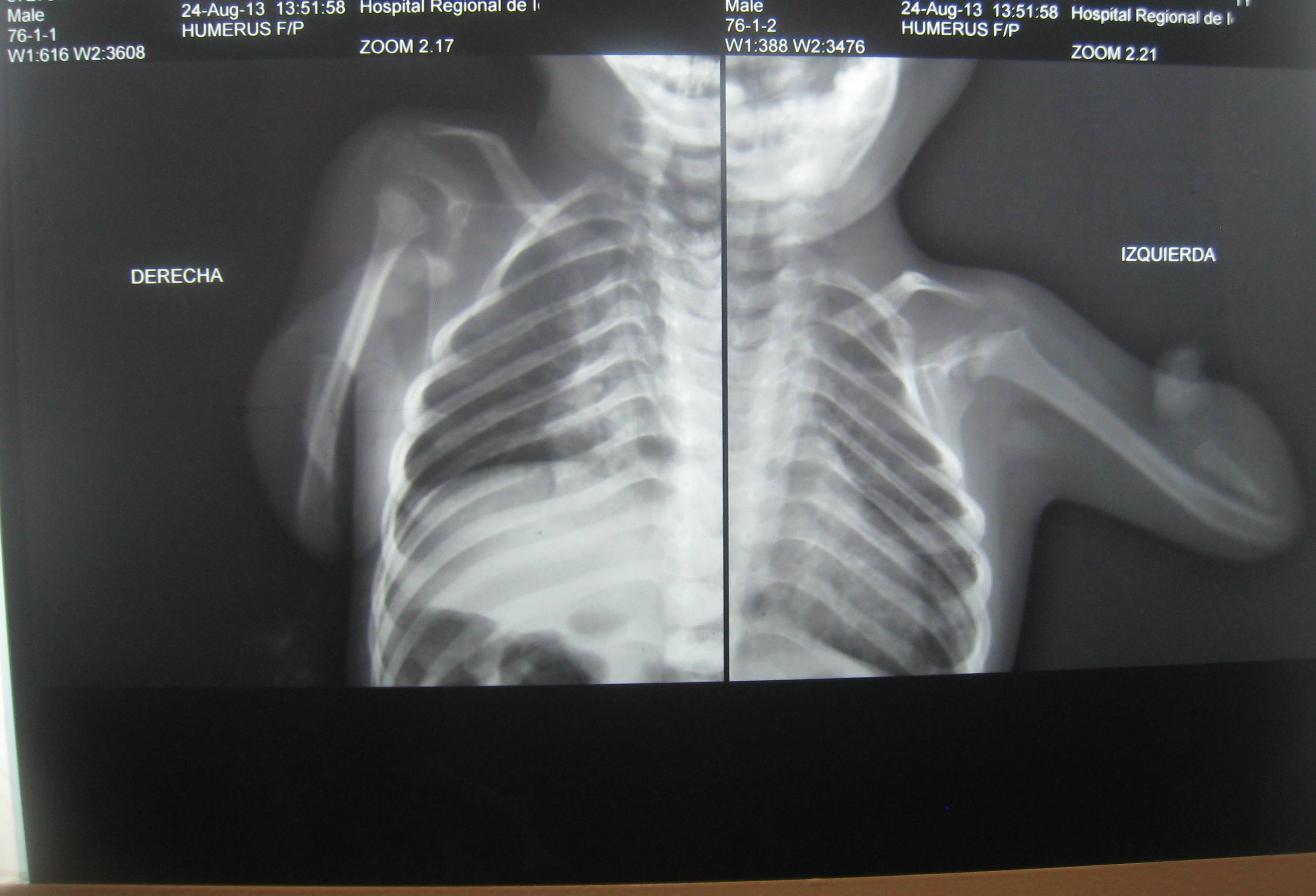
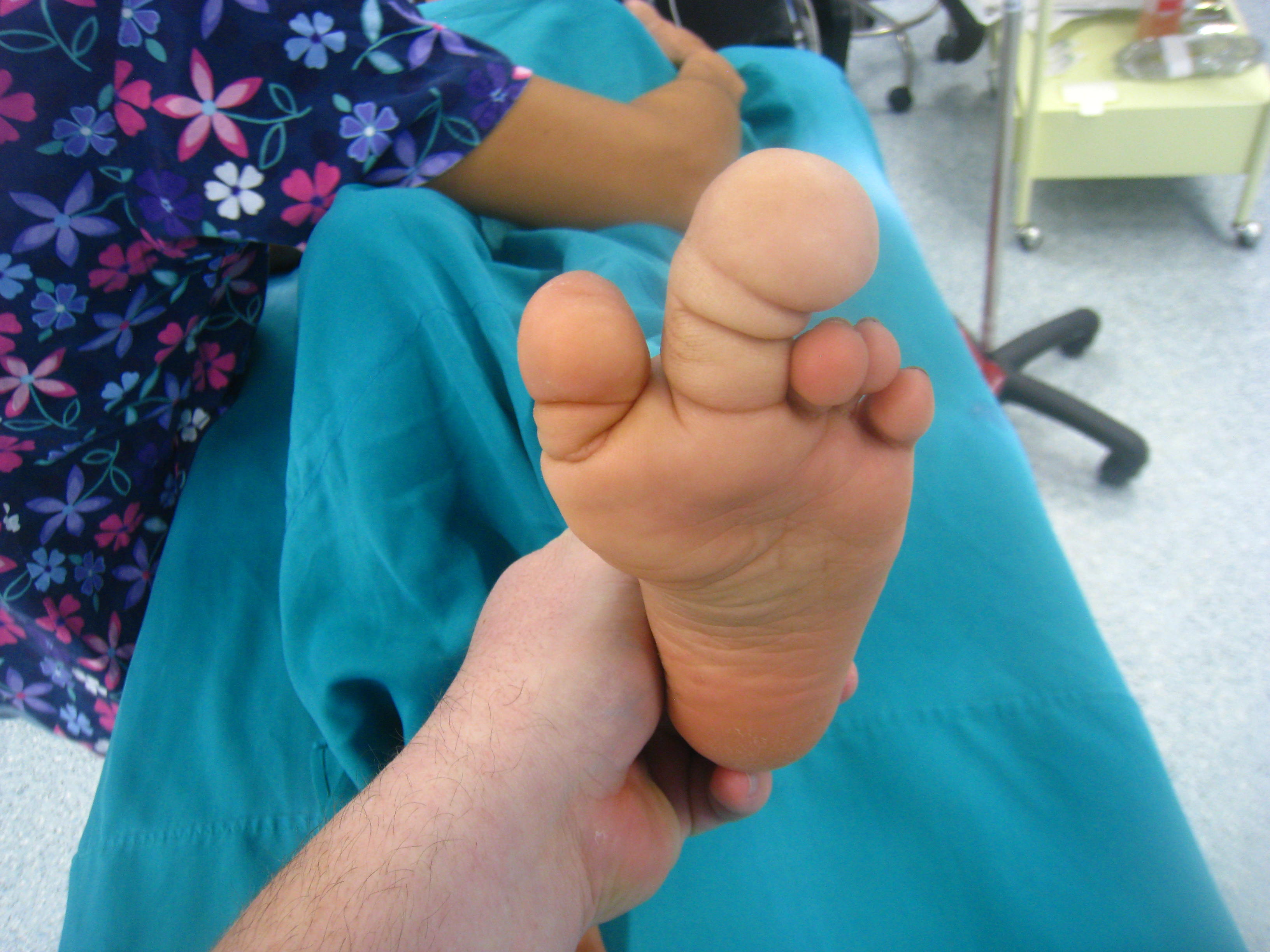
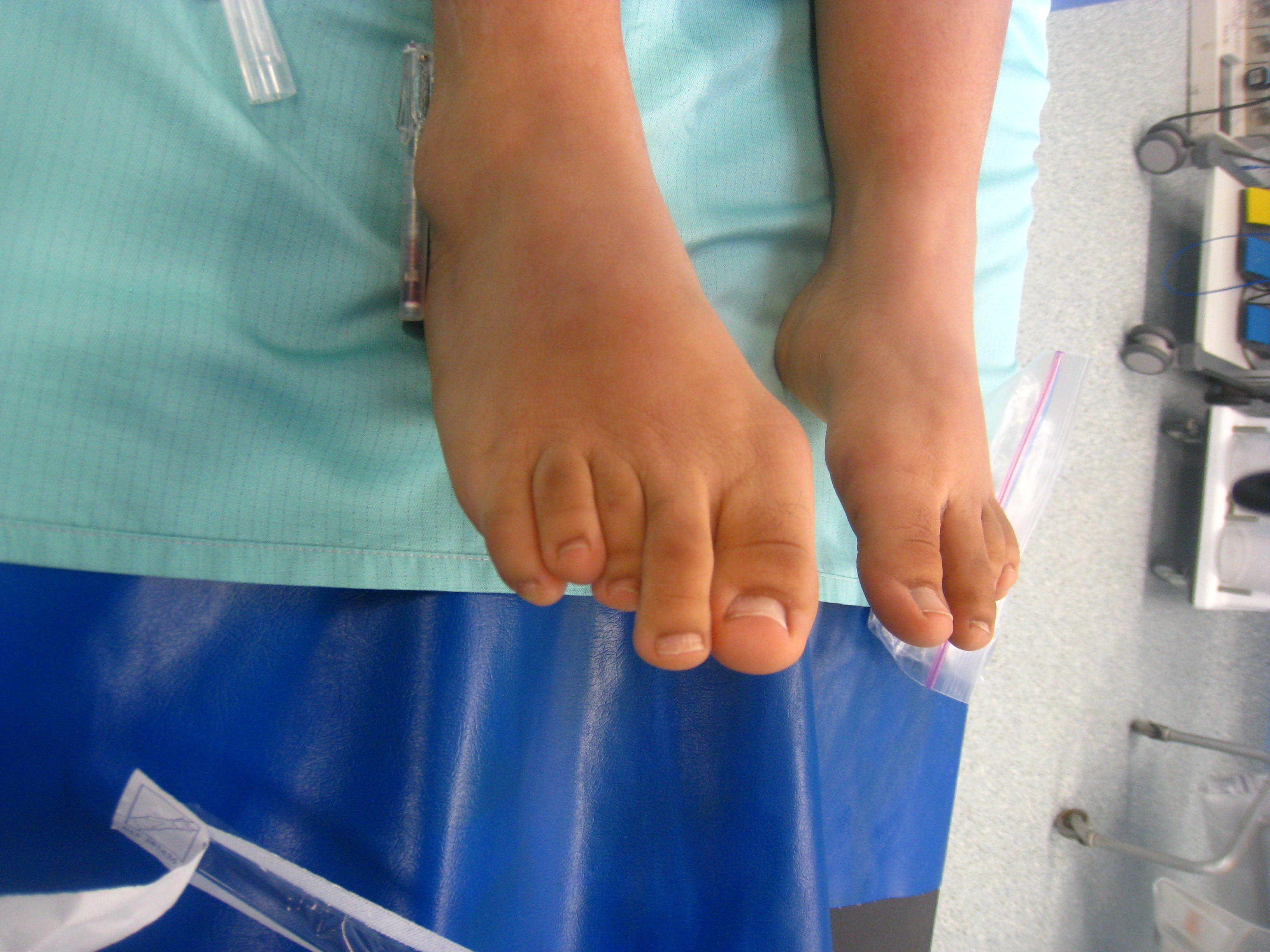
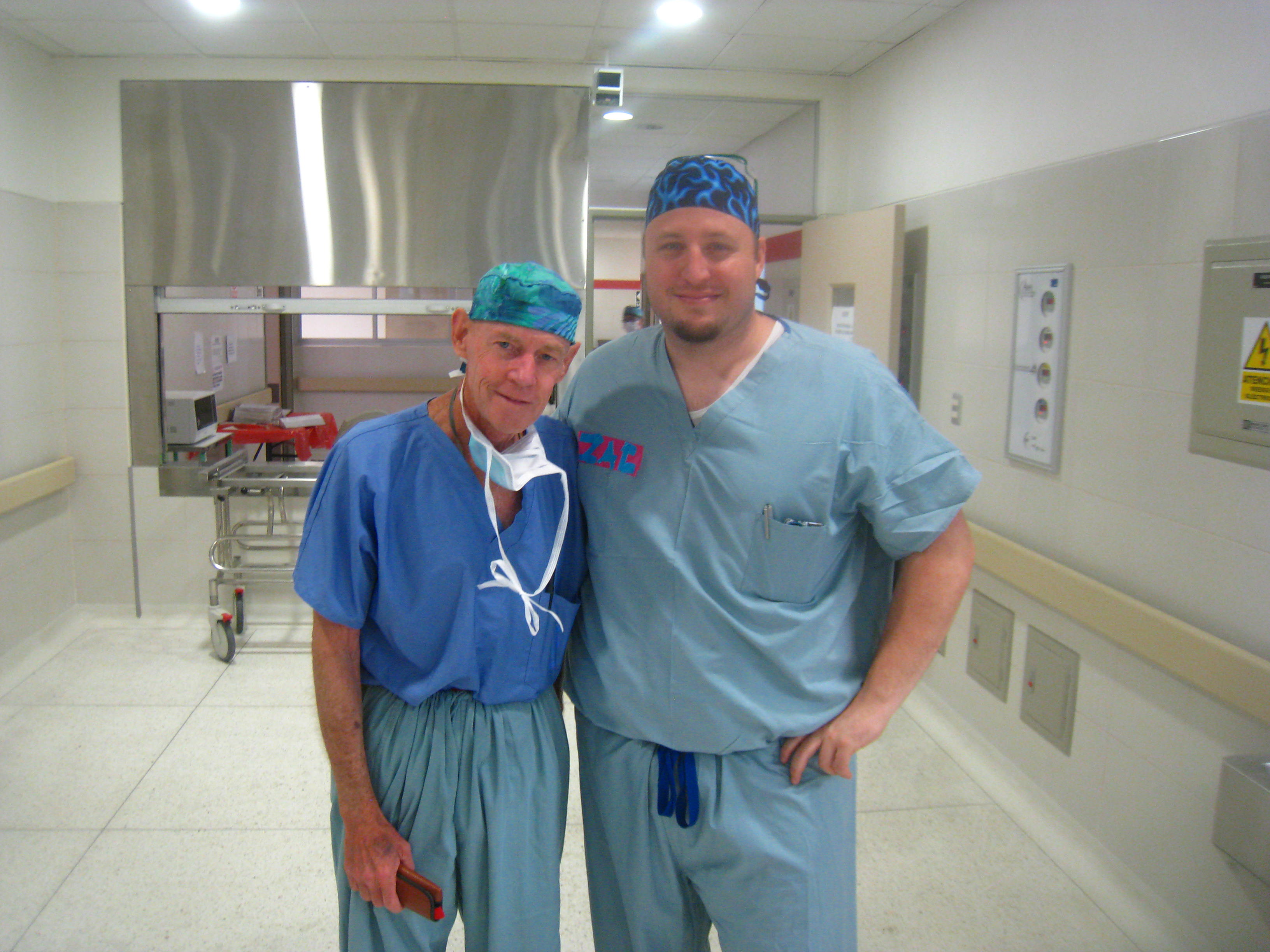
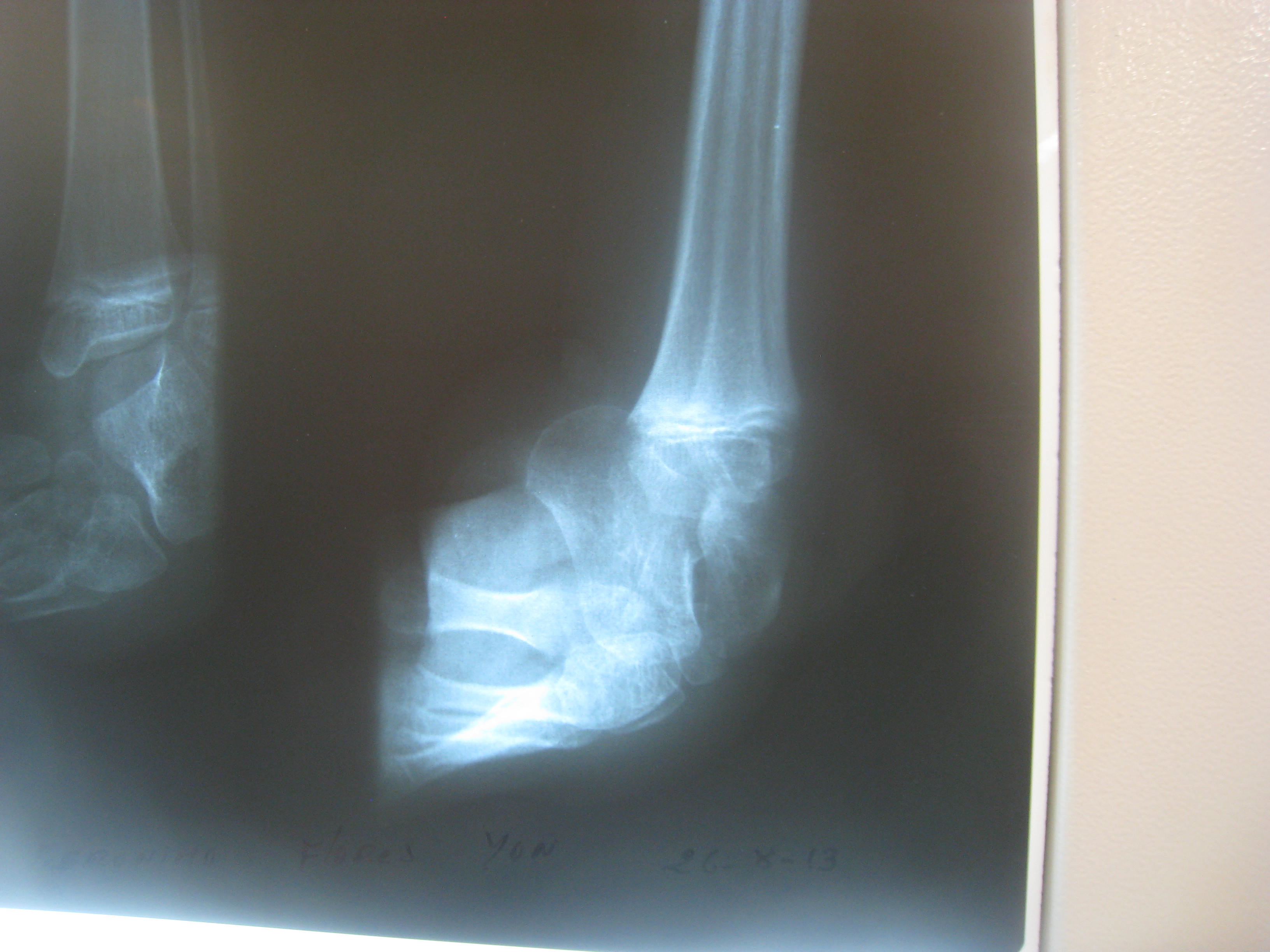
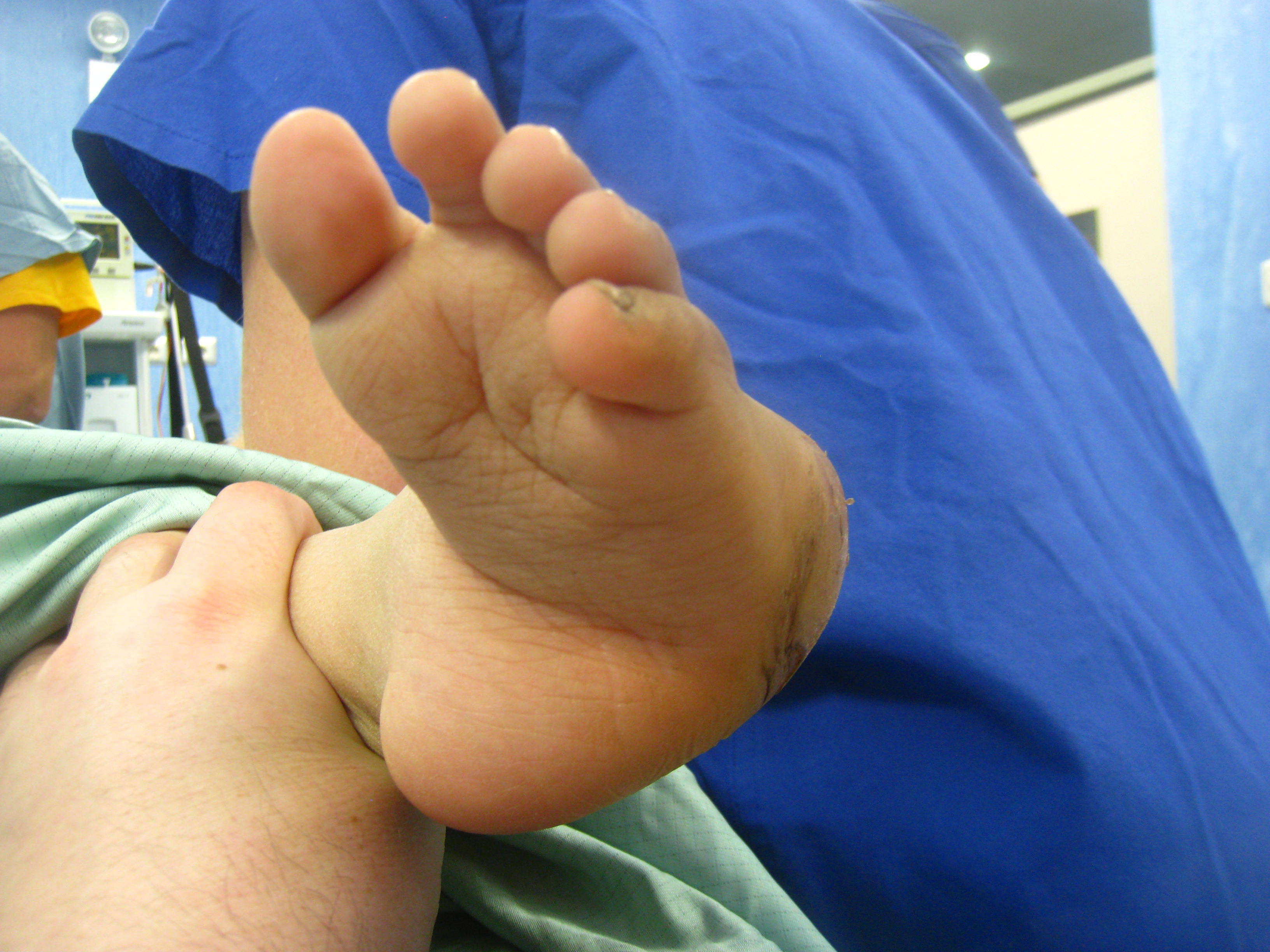
papaya health benefits
Operation Rainbow in Ica, Peru – Zack Gangwer, DPM | KP Global Health Blog
Well done Dear. Come to Cambodia some time.
Vuthy CHHOEURN MD
Buenas
Estuve leyendo tu artículo y hay cuantiosas información que
no sabía que me has enseñado, esta espectacular.. te quería agradecer el tiempo que dedicaste,
con unas infinitas gracias, por enseñarle a personas como yo jijiji.
Besos